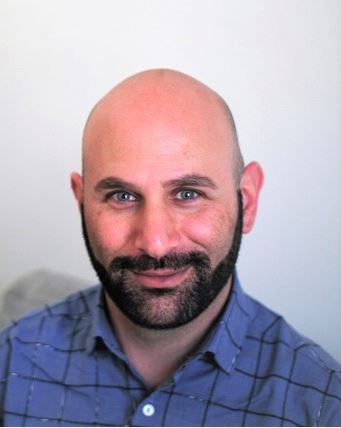Understanding diversity in gender identity and expression
A growing trend for people to embrace their individuality and a greater acceptance of difference in society is contributing to our deeper understanding that the notions of gender and sexuality are not static concepts, rather they are much more complex and nuanced in reality. The traditional binary nature of gender identity and sexuality; the idea that there are only two options for each: male or female, gay or straight is being challenged and changing. This is reflected in clinical research, anecdotally and across popular media in recent times.
Sexual identity is complex, not static
Sexual identity involves an interplay of factors – biological sex, gender identity and sexual orientation. These factors correlate to our biology, matters of the head and matters of the heart respectively.
- Biological sex – the gender we are assigned at birth
- Gender identity – who we are and who we identify as
- Sexual orientation – who we are attracted to.
We can think of each area as being on a continuum and being fluid and flexible in nature. For some individuals these areas will be in alignment, however, for others they may experience change, confusion or mental health difficulties if these areas feel incongruent with who they fundamentally are as a person or what they want in life.
Research suggests that “the organ that appears critical to psychological [gender identity] development and adaptation is not the external genitalia, but the brain” (Reiner, 1997)¹.
What is Gender Dysphoria and how is it diagnosed?
Gender dysphoria is the condition where an individual’s assigned birth gender does not match their experienced / expressed gender identity causing significant distress to the individual. Gender dysphoria is often diagnosed by a Psychologist or Psychiatrist.
How can Seed Psychology help people experiencing Gender Dysphoria?
Individuals who experience gender dysphoria can be supported with psychological therapy which is aimed at relieving their distress and the impairment they inevitably experience in different areas of functioning. There is also a component to treatment where individuals over time will take steps toward transitioning (psychologically, physically, socially, emotionally, legally) to their preferred or experienced gender with ongoing medical support.
In summary, there is great diversity in gender identity and expression. It is much more sophisticated and nuanced an area than the binary lens through which it has been viewed in the past. To understand, respect, validate and empower a person’s gender variant experience and unique identity facilitates greater positive mental health outcomes.
 Written by Dr Marc Janover, Psychologist at Seed Psychology. Marc is an experienced psychologist with a particular interest in identity issues including sexual identity and LGBTI related issues. Marc has worked in a range of settings including university counselling, private practice, high-performance sport, and psychiatric rehabilitation services.
Written by Dr Marc Janover, Psychologist at Seed Psychology. Marc is an experienced psychologist with a particular interest in identity issues including sexual identity and LGBTI related issues. Marc has worked in a range of settings including university counselling, private practice, high-performance sport, and psychiatric rehabilitation services.
References
1. Reiner WG (1997) To be male or female – That is the question. Archives of Paediatric Adolescent Medicine, 151: 225.






